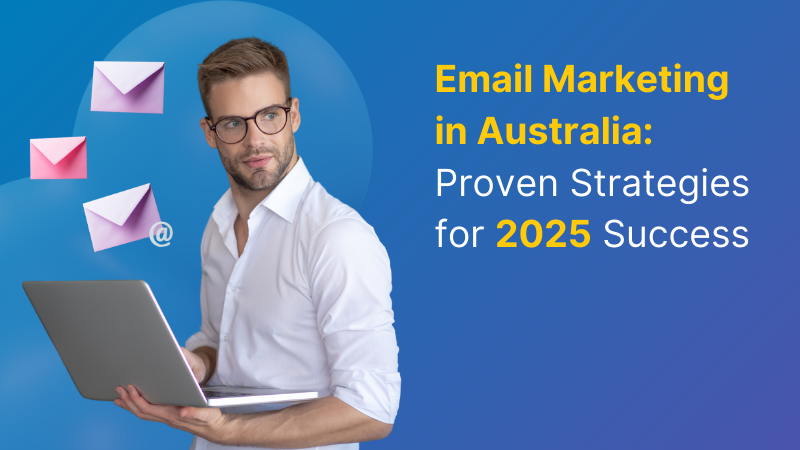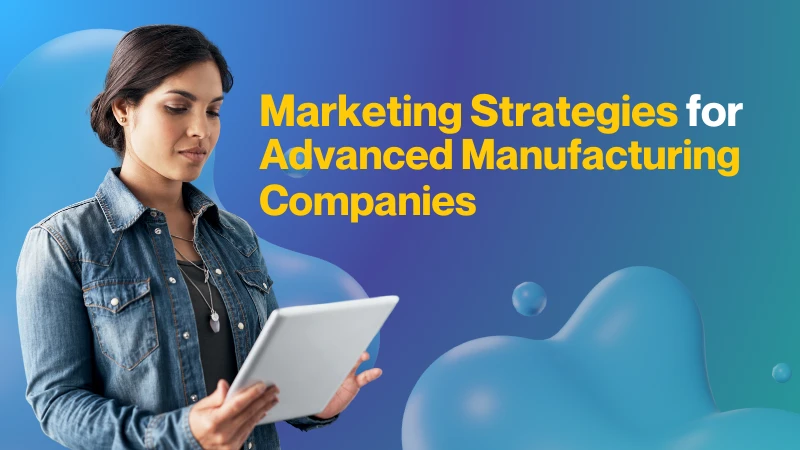The magic word in sales is often debated, but we’ll all agree that when a prospect and a potential addition to your client-base says “yes”, it’s definitely music to your ears. Here are a few things that you have to say “no” to make sure that your client says “yes.”
Persuading a prospect to say “yes” is not as easy as most experts make it sound. In fact, a bigger percentage of prospects will most likely say “no” after the first meeting if the presentation was not designed to be convincing enough to warrant a “yes.”
Every marketing and salesperson is well aware of this truth. That is why the act of persuasion is fast becoming an “art.” There are numerous teaching available about how to make the best presentation or proposal, but not everything you read or hear about will work for you beautifully. At the end of the day, you need to find the formula that will best suit your corporate culture, work ethics and personal values. What works for another may not necessarily work for you.
Fortunately, we can learn a thing or two about human psychology when it comes to business, sales, marketing, and convincing the mind to step out of its comfort zone and say “yes” to something totally new, unchartered and potentially groundbreaking. Remember to say “no” to certain practices and “yes” to those that will benefit you greatly in order to take your company to the next level.
Say ‘no’ to these:
1. Using complicated and overwhelming tables, charts and statistics.
One of the key things to remember when making a proposal to your prospect is to make it as simple as possible. Avoid intimidating or boring your prospects by bombarding them with data that they may not be able to appreciate at first glance. If your proposal is backed up by important numerical data, then you might want to consider presenting a summary only instead of letting your prospects go over myriads of tables and charts.
2. Letting your emotions get the best of you.
It is normal to be passionate about what you are proposing to your clients. However, if you’re not careful, your proposal might end up sounding like a sappy old romance film ridden with emotions that are too heavy to process. If you want your prospects to say “yes,” you would want to excite, inspire and make them hopeful about your proposal.
Related: 4 Sales Call Rapport-Building Techniques That AI Can’t Yet Do
3. Promoting something that has hazardous effects.
People nowadays are becoming more and more keen about their health and keeping the environment clean and safe. Anything that affects these two in a detrimental way is a major “no.” Go for something that promotes or advocates a healthy lifestyle and green living. People would be more than willing to consider something that protects these two.
Related: A Marketer’s Guide To Selling To The 4 Types of B2B Decision Makers
Say ‘yes’ to these:
1. Make your message more about the needs, wants and interests of your prospects
When you are trying to convince your prospect to say “yes” to something, you have to dwell more on what interests him, what he needs and what would make his life easier and more meaningful. Avoid highlighting so much about what your company wants to achieve in the next couple of years or how it has grown exponentially over a short period of time because of hard work and other important work values. While these things are also important, detailing them may not be really as relevant as you hope they would be.
Doing this tip makes your reader feel important and that you care about the decision he makes. It will give your reader the impression that you care little about the monetary gain, but more for how his purchase will impact his life. When you embrace this approach wholly, it can do wonders for the integrity of your business.
Related: The Difference with Australia-specific Content to Generic Ones
2. Do your research seriously
Research on the following:
- The purchasing behavior and patterns being practiced by your target market;
- Products that will address very basic yet often overlooked needs;
- How your product can solve some of the most pressing problems that your clients face every day;
- Proof and valid testimonies that will raise the integrity of your product; and
- Benefits of the service/product to the buyer
Related: Lead Generation for Specific Verticals: A Guide for B2B Companies
3. Back up the claims about your business in your proposal or presentation with concrete evidence
Making a prospect say “yes” to you means convincing him enough that putting his money on your proposal is a worthy investment. You will only achieve this when you have made him confident. A person’s confidence is built when you use authentic data and strong evidence to support your claims.
Once you apply a few of the tips that we’ve laid out here, then you’ll certainly notice a world of difference in your sales appointments today!













